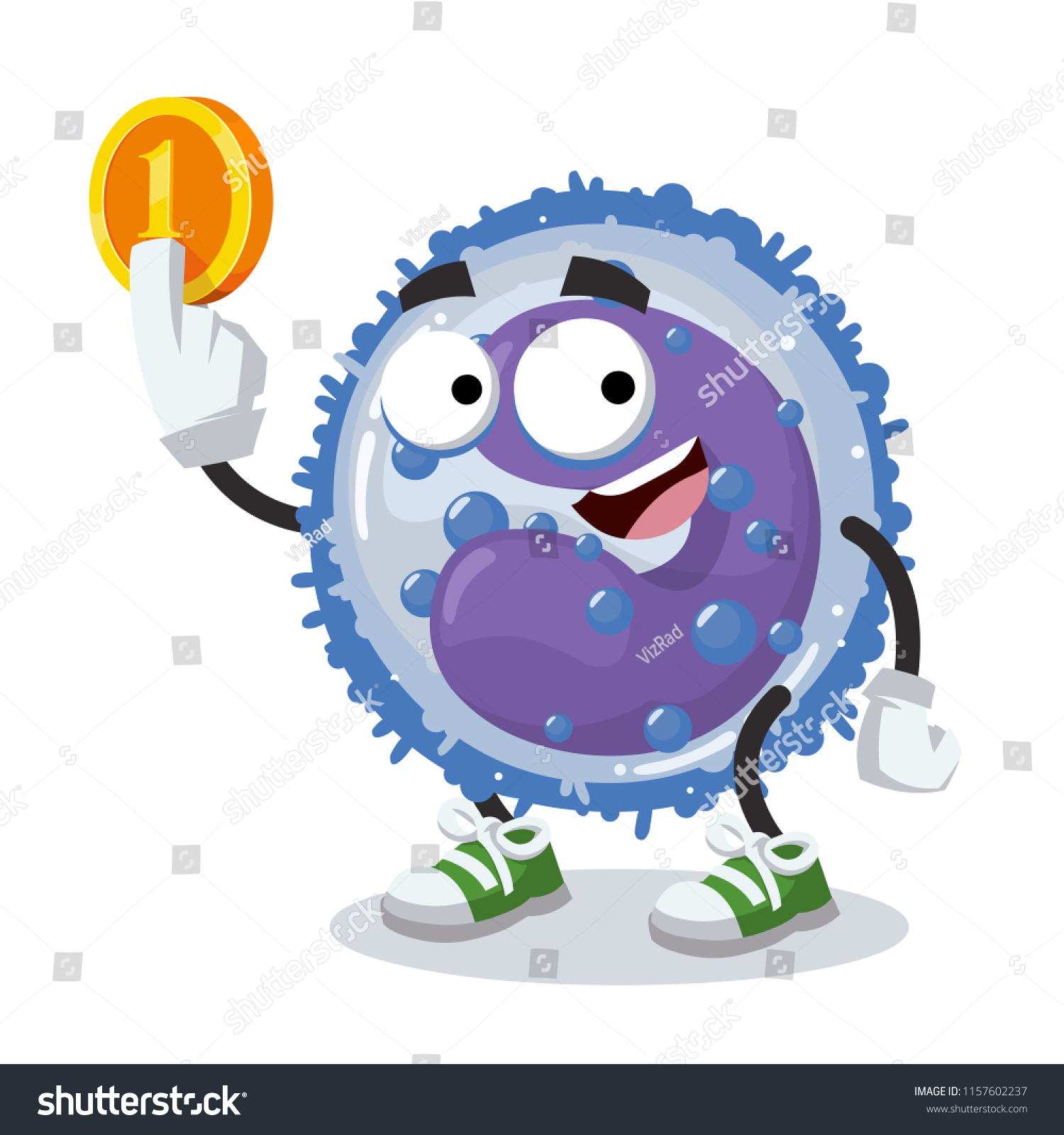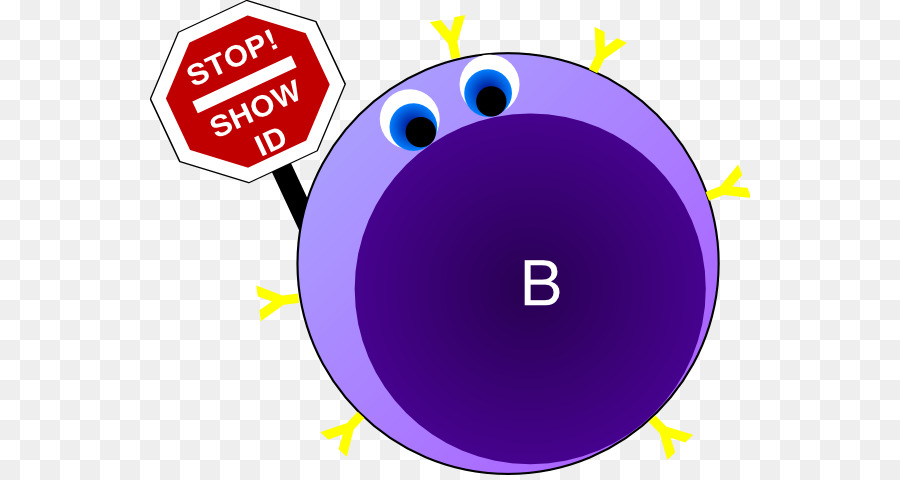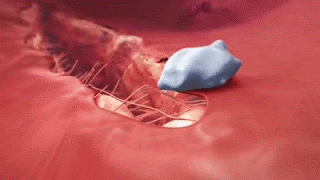"Toni Morrison, an American novelist once said that we never shape the world… the world shapes us. Then what is the thing that shapes our blood? Hmm... actually, that question is not the most important one. The most intriguing one is, what are the actual shape of our blood cells? Heart shape or shapeless?"
1. Erythrocytes
Erythrocyte is a simple structured cell in a biconcave and disc shape. The cell surface on both sides is bent inward to form an interior sphere shape. It has strong and flexible plasma membrane which allows the cell to enter narrow blood vessels in our body. The disc shape of the cell assists in increasing the total surface area of the cell. It will ease the diffusion for gaseous exchange process. The diameter of a single erythrocyte is in a range of 7 to 8 micrometre. Unusual? Well, blood is blood. What do you expect from the cells of your body? Shaped like a human? Isn’t it much more frightening? Its red colour have already managed to invoke fear in our heart. But why actually erythrocytes are red in colour? It is simple! Erythrocyte contains protein known as haemoglobin, which gives a red colour to the blood. It also contains specific antigen which determines one’s blood type. Mature erythrocyte does not contain nucleus, ribosome or mitochondria.
2. Leukocytes.
Leukocyte is actually a group of 5 siblings that have different shape and form. Let’s see how they differed from each other.
· Neutrophils
The diameter of this cell is in the range of 10 to 12 micrometre. Normal neutrophils contain nucleus with 3 to 5 lobes and connected together by filament. The cytoplasm is filled with granules but they are fine and pale in colour.
· Eosinophils
The diameter of this cell is in the range of 10 to 12 micrometre. It is a bi-lobed cell connected by filament. It also contains granules filled the cytoplasm which is large and red orange in colour.
· Basophils

The diameter of this cell is in the range of 8 to 10 micrometre. It contains 2 lobes nucleus which connected through filament. The nucleus is hard to be detected as the colour of the granules is the same as the nucleus.
· Lymphocyte

The diameter of this cell is in the range of 6 to 9 micrometre but larger lymphocytes may appear in 10 to 14 micrometer. The nucleus is dark and dense in the cell. It has scanty cytoplasm with bluish colour, just like the sky! Lymphocytes do not contain granules like the others.
· Monocytes

The diameter of this cell is in the range of 12 to 20 micrometre. It is the largest cell among other leukocytes and it does not have specific shape. Simply put, the fattest one among the siblings. The nucleus is in a horse-shoe shape. There are no granules around the cytoplasm but a small number of tiny vacuoles can be found.
3. Thrombocytes
Thrombocytes are multiform structure made up into round and spindle-shaped. Despite labelled as true cell, thrombocyte is actually classified as cell fragments measured for about 2 to 4 micrometres. Similar to erythrocyte, it does not contain nuclear DNA due to the lack of nucleus in the structure. However, thrombocytes still contain other organelles such as mitochondria, endoplasmic reticulum fragments and granules. Thrombocytes are rich in adhesive proteins functions in developing filaments and spindle during activation period. They also contain specific granules which can secrete protein for firm plug formation in the blood vesssels. What do you think about this? Such a lot of things to remember, right?
"There are reason on why each thing have their own individual shape. All their structures help them in carrying out their respective functions in our body. So what about us? Hmm… whatever. But for sure I love the shape I’m in. Why? Because I’m a fountain a blood in the shape of a girl!! Okay, maybe a boy too."








